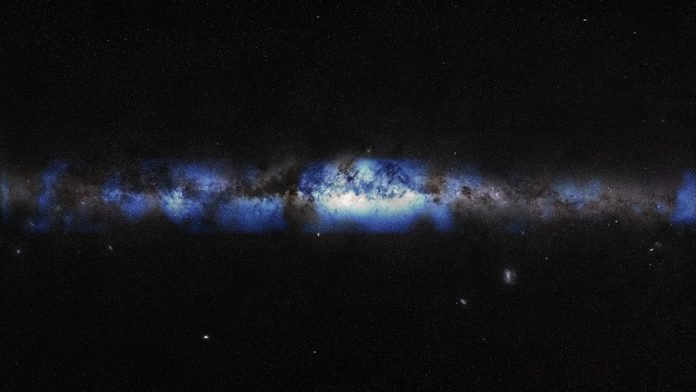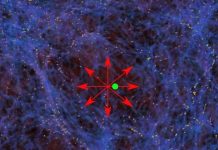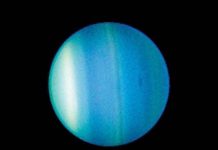
The Milky Way, our home galaxy, can be seen as a faint, star-studded band arching across the night sky.
But now, for the first time ever, scientists have managed to capture a different kind of image of our galaxy, using something called neutrinos – tiny particles that are often called ‘ghost particles’.
This new view of the Milky Way is the result of hard work by an international group of more than 350 scientists, known as the IceCube Collaboration.
Neutrinos are really interesting particles.
They have super high energy levels, way higher than the energy produced by the reactions that make stars shine. And they’re really tricky to detect, which is why scientists had to build a massive detector in Antarctica called the IceCube Neutrino Observatory.
This massive machine is loaded with more than 5,000 light sensors and can look out for these high-energy neutrinos coming from our own galaxy and even beyond it!
In a fascinating twist, the scientists found that when they were looking for neutrinos, the universe was brighter than our own galaxy. That’s not something you’d see if you were using regular light.
The scientists were able to achieve this because of advancements in technology. The IceCube detector is incredibly sensitive and, with the help of new ways to analyze data, has given us a completely new way of seeing our galaxy.
As technology continues to improve, we can look forward to seeing even more detailed pictures of our galaxy, which may reveal features we’ve never seen before.
You might be wondering how we got these ghost particles in the first place. Well, they come from interactions between cosmic rays (which are high-energy protons and heavier nuclei) and the gas and dust in our galaxy.
These interactions produce both gamma rays and neutrinos. Scientists have previously observed gamma rays from our galaxy, so they thought the Milky Way should also be a source of high-energy neutrinos – and they were right!
The challenge was to distinguish these high-energy neutrinos from other particles created by cosmic ray interactions with Earth’s atmosphere.
The scientists achieved this by focusing on what are called “cascade” events – neutrino interactions that result in bursts of light. New methods helped improve the identification of these neutrinos, their direction, and energy.
What really made this possible was machine learning – a type of artificial intelligence. Machine learning helped improve the identification of these neutrino events and it turns out to be very valuable in analyzing and reconstructing data in IceCube.
It helped scientists keep much more neutrino data, making their analysis three times more sensitive than before.
So, after ten years of collecting data and analyzing 60,000 neutrinos, scientists have finally been able to prove that the Milky Way does indeed produce high-energy neutrinos. The next challenge is to figure out exactly where in our galaxy these ghost particles are coming from.
This breakthrough of observing our galaxy with particles, not just light, opens up a whole new way of looking at the universe. As our understanding of neutrinos improves, we’ll have a brand-new lens to see and understand the universe. This is indeed an exciting time for astronomy!
The study was published in the journal Science. Follow us on Twitter for more articles about this topic.



